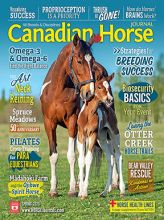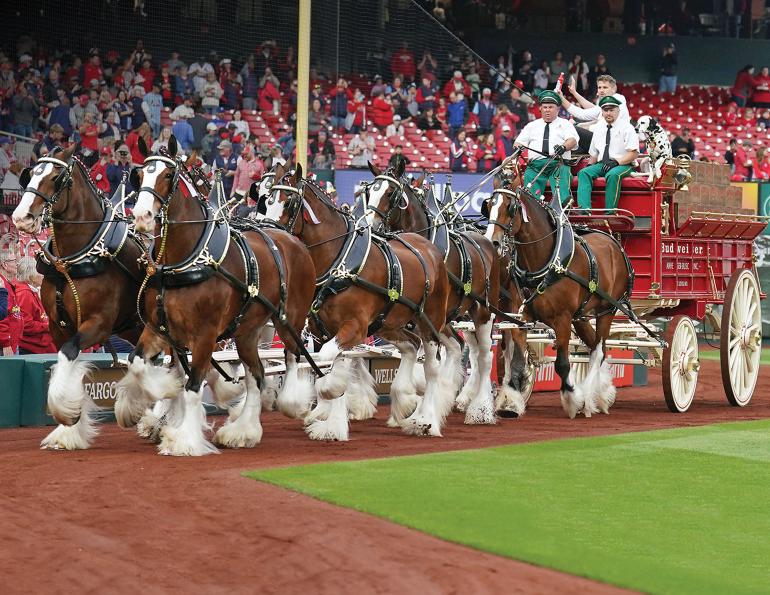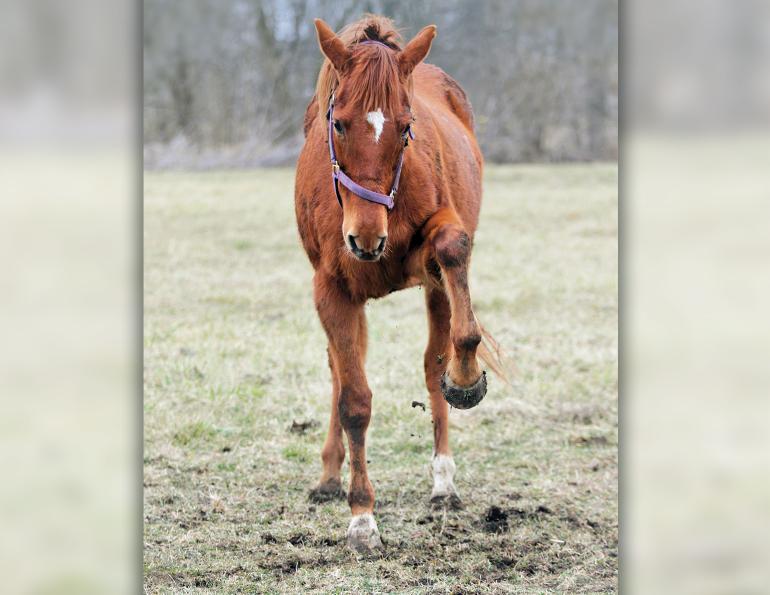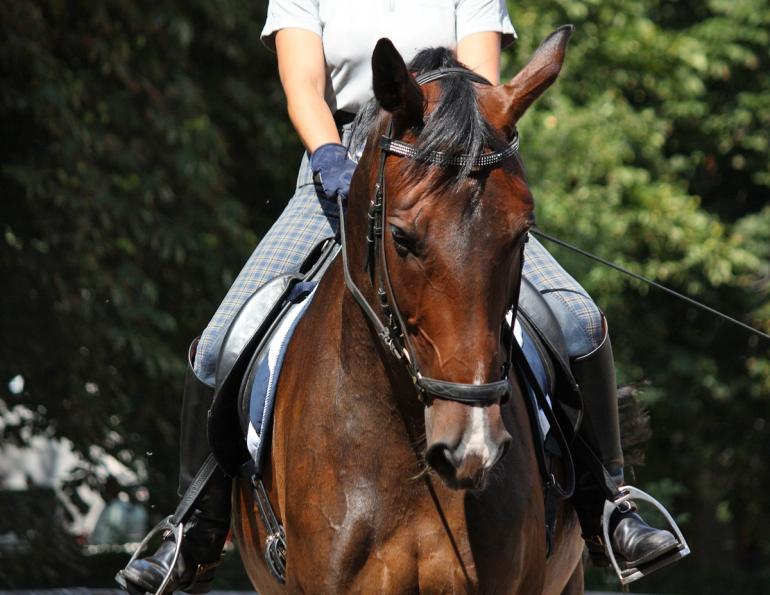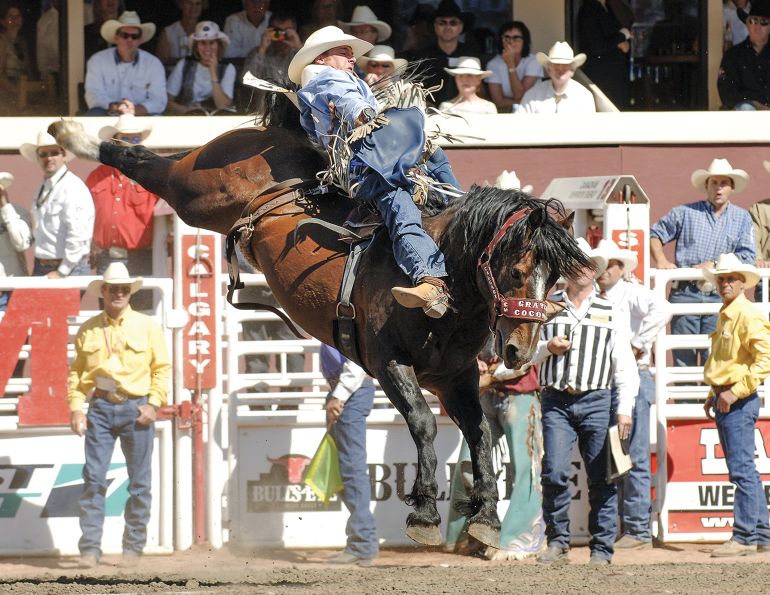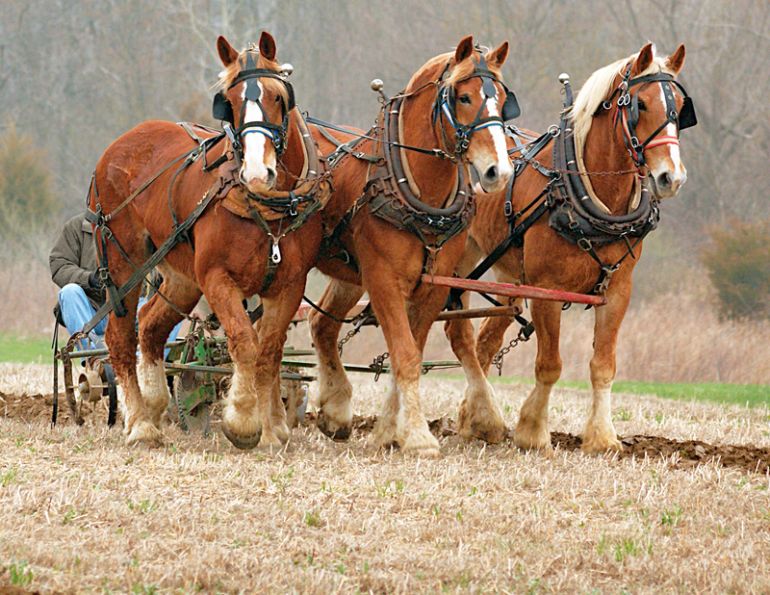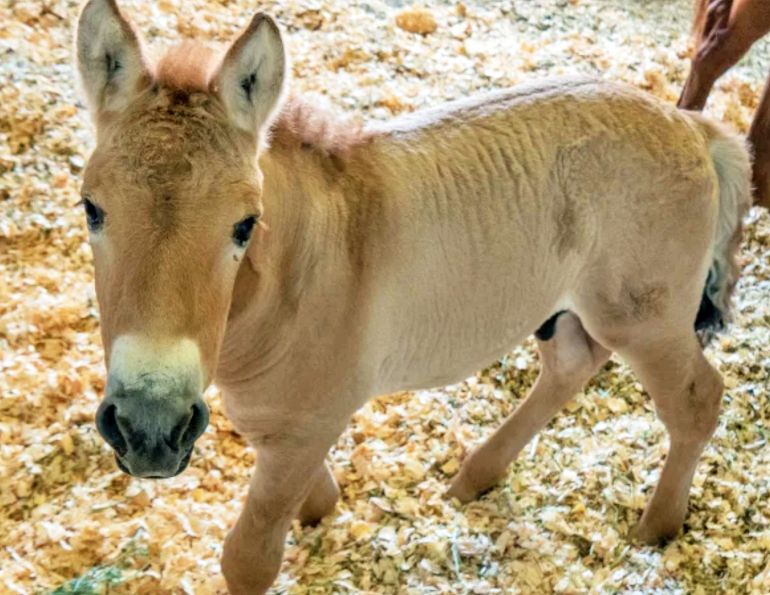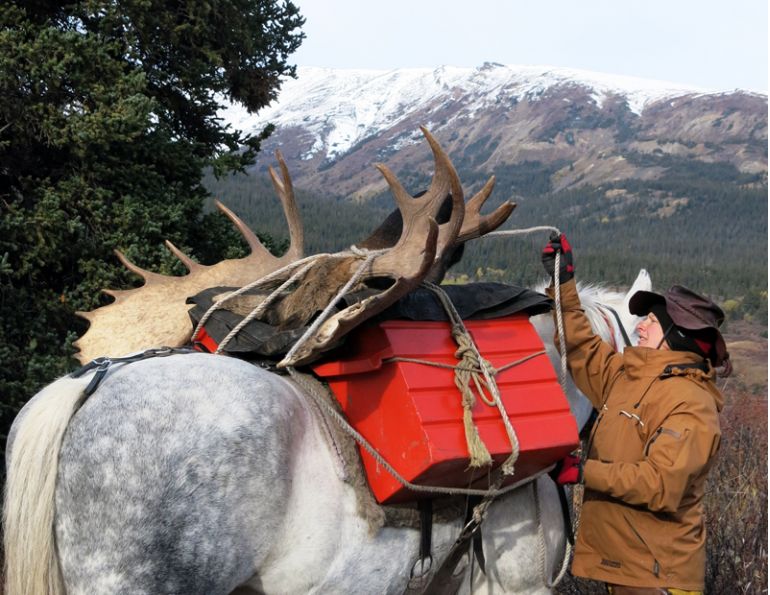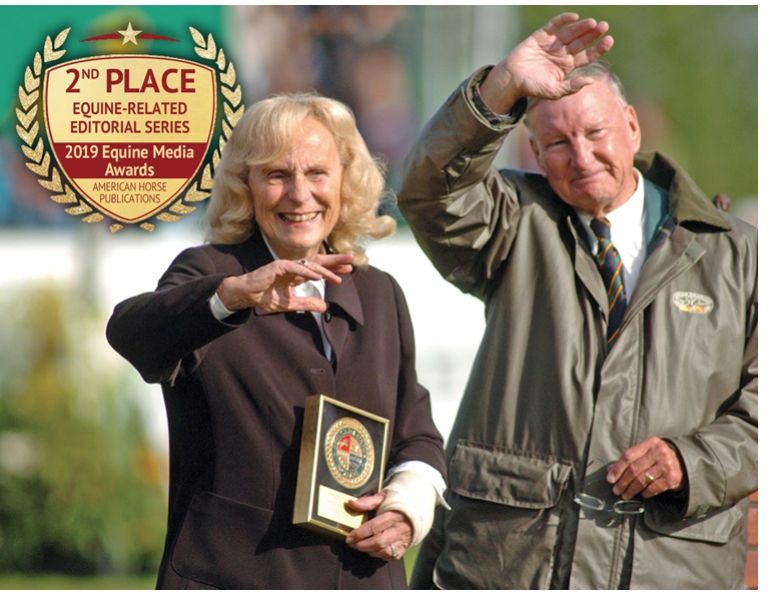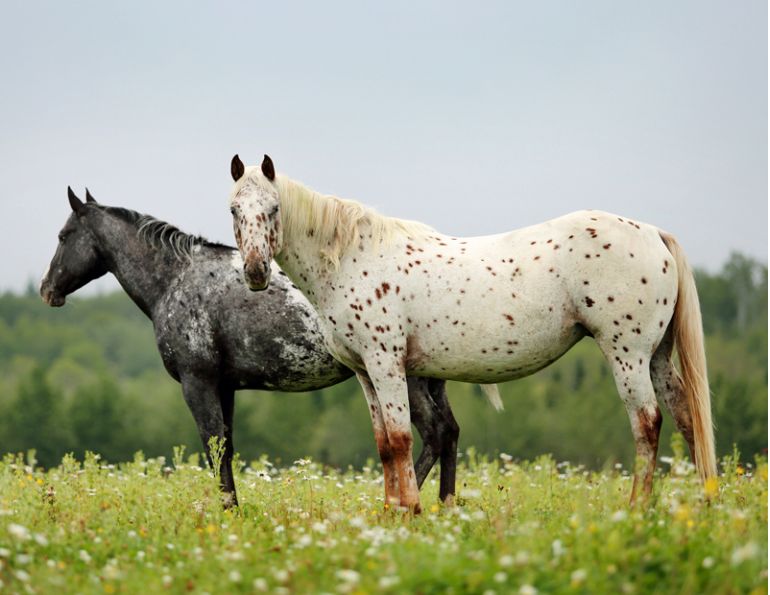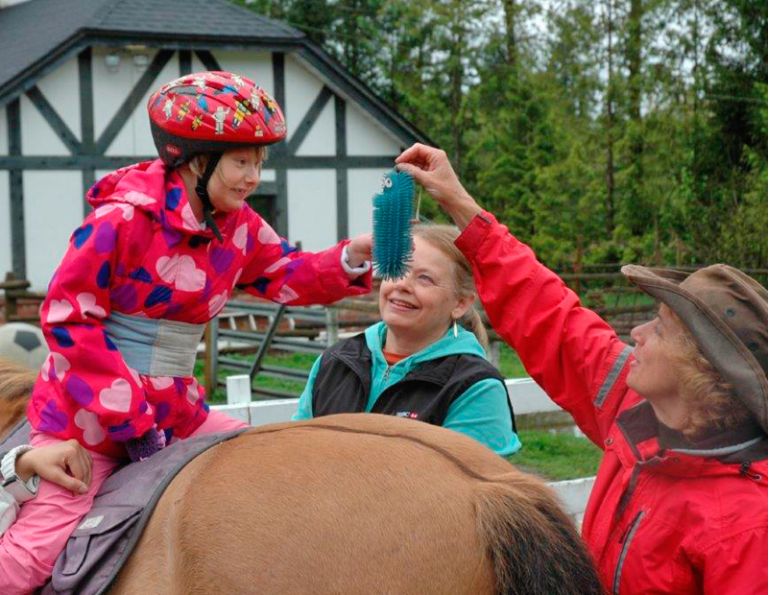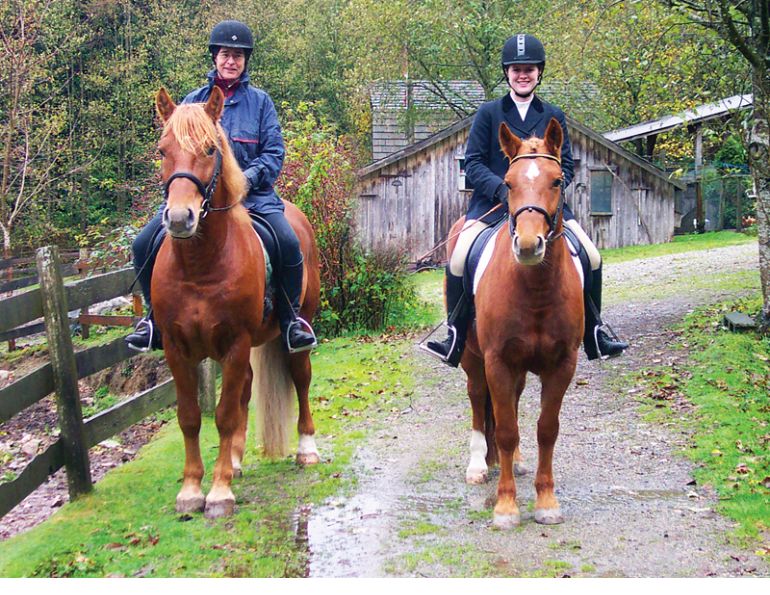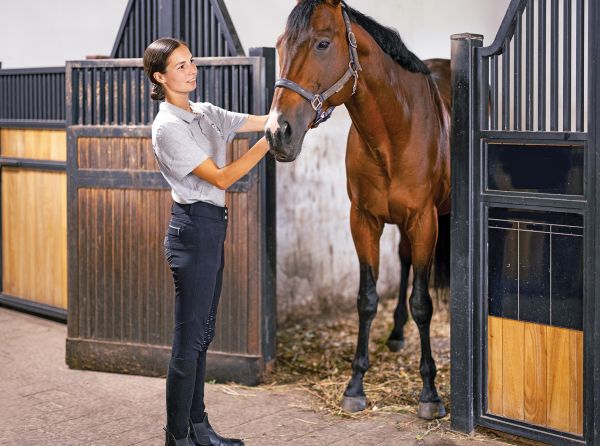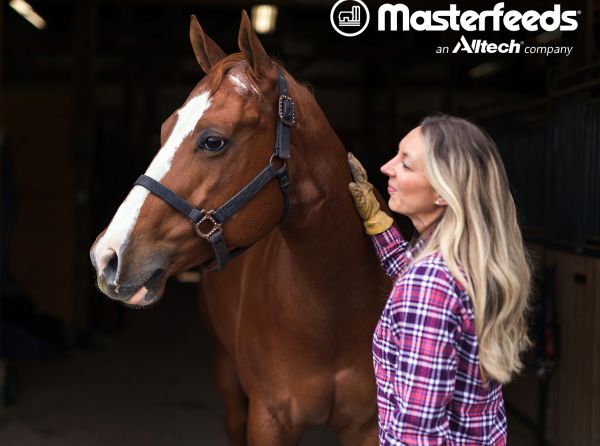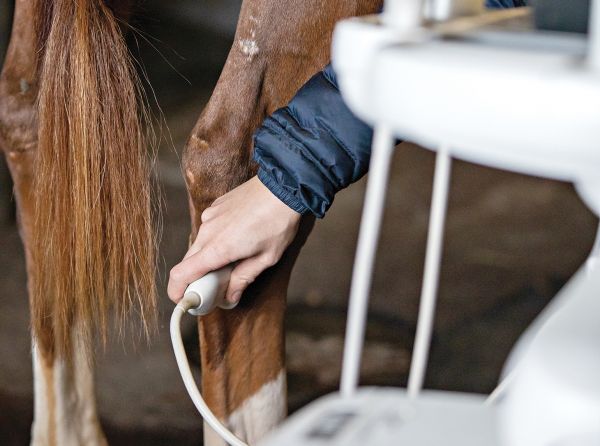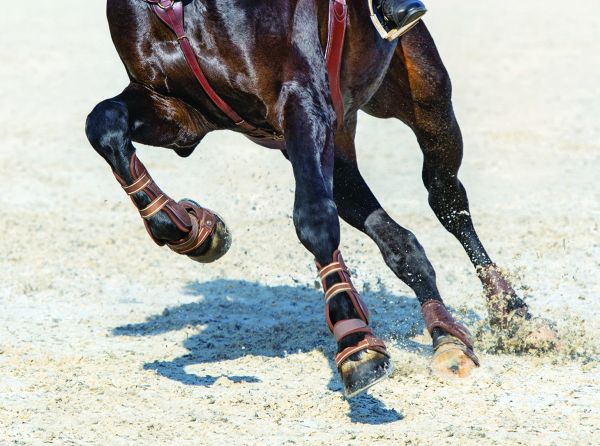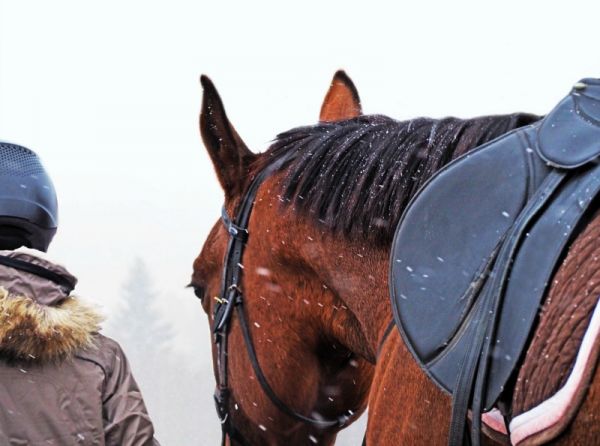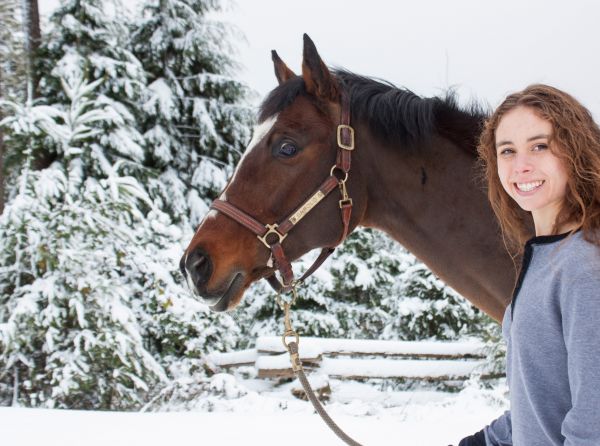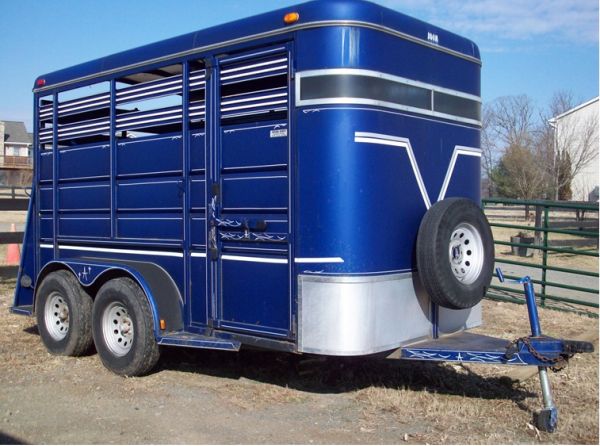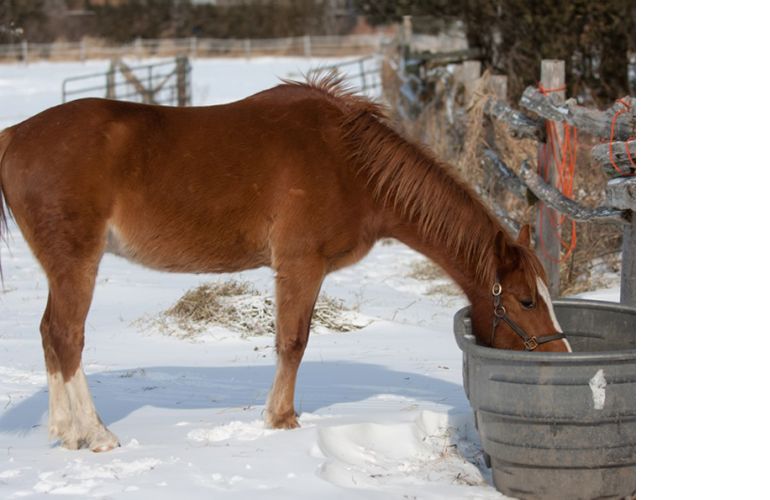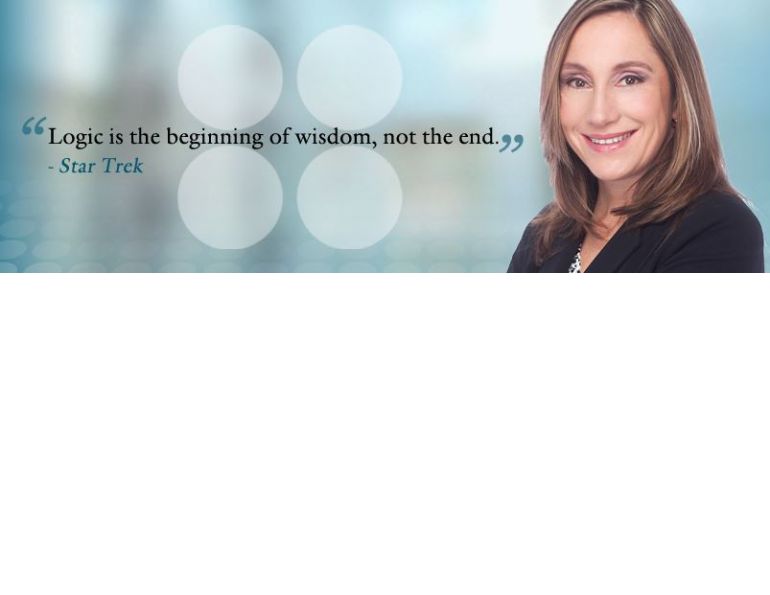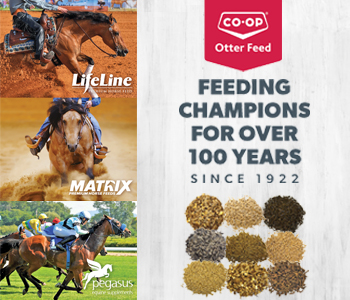By Li Robbins
Some watch the Super Bowl for football; some for the commercials. The big game is famous for its creative, cinematic ads, the kind that might make you laugh — or cry. Super Bowl ads “tap into our deepest psychology when it comes to entertainment,” says Psychology Today. Naturally, advertisers hope their commercials will also tap into consumers’ bank accounts, given that the broadcast has a massive reach — in 2024 over 123 million people tuned in.
It’s no small potatoes that the animal most associated with Super Bowl commercials might just be the horse. More specifically, the Clydesdale horse. Since Clydes began appearing in Super Bowl spots for Budweiser beer in 1986 they’ve become so famous that company publicity materials refer to them as “iconic” and “celebrities.” Whether heartwarming (e.g., 2002’s “Respect,” a tribute to victims of 9-11), or goofy (e.g., “Replay,” featuring the Clydes as football teams) ads featuring the horses have linked Budweiser to values like patriotism, friendship, strength, and community.
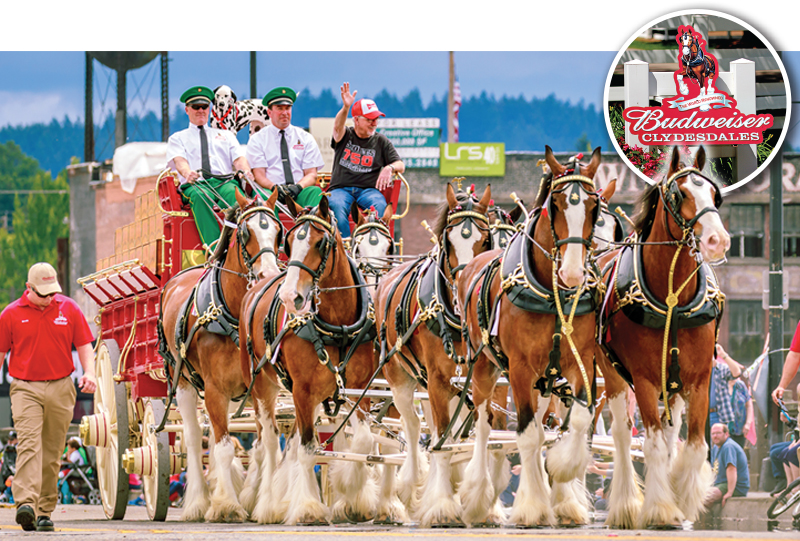
One of the best-known examples of horses in marketing is the Budweiser Clydesdales, an enduring symbol of the brewer’s heritage, tradition and commitment to quality, making hundreds of appearances across the country each year. Photo: Shutterstock/PNG Studio Photography; Inset photo: Shutterstock/Logan Bush
Not that Super Bowl ads were the first time the Clydes doubled as a marketing device. Back in 1933 a six-horse hitch belonging to brewery Anheuser-Busch pulled a beer wagon through the streets of New York to mark the end of prohibition, gathering crowds wherever they went. The sound and sight of those magnificent, white-feathered horses is an instant attention grabber, and something other advertisers can only look on in envy. As industry newsletter Marketing Brew notes, if you ask a marketer what their favourite Super Bowl commercial is, “it’s likely they’ll say one of their own or a Budweiser ad, probably featuring Clydesdale horses.
VIDEO: 2025's Budweiser Super Bowl Commercial: First Delivery
Of course, horses have been used to sell far more than beer. They’ve also been the faces (or at least the galloping legs and flowing manes) of everything from fragrances to clothing to insurance to mobile phones. Most notably they’ve been used to sell cars, thanks in large part to the late-18th century Scottish engineer James Watt. He coined the term “horsepower” as a unit of measurement, comparing the power of draft horses to steam engines, which were then a coming thing.
Related: Queen Elizabeth II's Equestrian Legacy: Her Passion for Horses and Impact on the Sport
Related: The Rich History of the Clydesdale Horse
To this day, horsepower (or “pony count” as some in the biz have it) is still a measurement of engine power — one reason car brands of all sorts, from Kia to Lexus, have traded on the speed, power, and beauty of galloping horses. Even in the era of electric vehicles the equine-car association shows no sign of slowing down, as a stunning campaign for the Renault 2022 Megane E-Tech proves. It features a breathtaking cast of horses surging around the car through city streets, shoppers, and with basketball players on their backs. (In one shot a white horse carrying a woman in a wedding dress leaps over the car bonnet.) In related trivia, Renault Group now has a 50 percent stake in HORSE Powertrain Limited, a company launched in 2024 to supply “propulsion system solutions” that develop carbon-free and low-emission technologies. (Like, you know, the horse.)
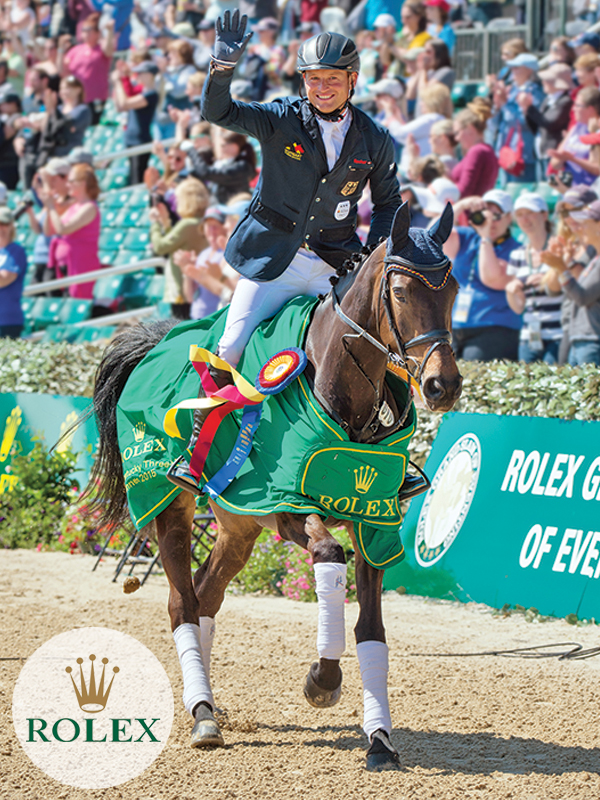
Above: Rolex, a Swiss watchmaker based in Geneva, has been a longstanding sponsor of top equestrian competitions, drawn to the sport’s shared values of excellence, trust, and precision. Founded in 1905, Rolex embodies tradition, craftsmanship, and innovation, mirrored in its commitment to equestrianism for nearly 70 years, supporting elite riders and prestigious events worldwide. The photo shows Michael Jung and FischerRocana FST after winning the 2015 Rolex Kentucky Three-Day Event, sponsored by Rolex. Photo: Clix Photograph; Rolex logo: Shutterstock/MD. Latif Mamun
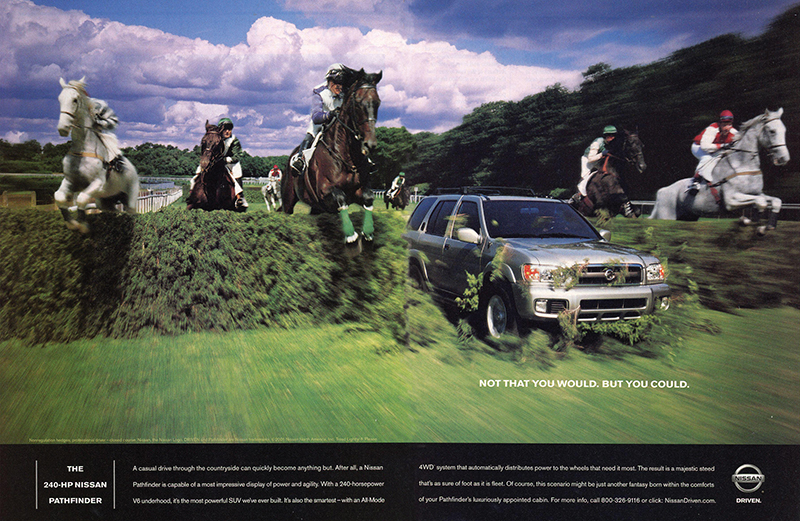
Above: A Time Magazine advertisement from February 2002, with horses showcasing the 240-HP Nissan Pathfinder. The script at the bottom describes the vehicle’s attributes, adding “…the result is a majestic steed that’s as sure of foot as it is fleet. Of course, this scenario might be just another fantasy born within the comforts of your Pathfinder’s luxuriously appointed cabin.” Photo: Alamy/Patti McConville
During the transition from literal horsepower to engine horsepower, horses weren’t always used as a selling point. An early print ad for the Oldsmobile actually took the opposite approach, trying to persuade prospective buyers that an Olds was a better bet than a horse because a car was “never vicious.” The ad reads, in part: “With the Oldsmobile there is no danger from the horse’s uncertain disposition, no menace to life and limb from uncontrollable temper.”
Related: Horses' Historical Hoofprints
Related: How Horses Shaped Canada
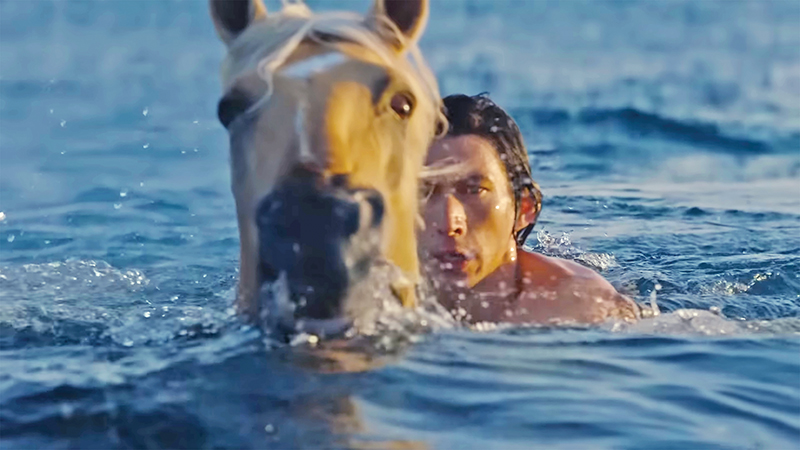
An image from the 2021 Burberry Hero ad, promoting a new fragrance for men and featuring actor Adam Driver. The campaign is described as challenging traditional masculine stereotypes by portraying a man and a horse together, emphasizing that strength can be gentle, understated, and quietly powerful. It also as illustrates a man’s courage to leap into the unknown and triumph over challenges.
As time went on marketers chose to disregard the “uncontrollable temper” associations and focus on the aspirational instead, emphasizing more appealing equine qualities. Authors of The Psychology of Using Animals in Advertising refer to a study focused on how animals in advertising changed throughout the decades of the 20th century, pointing out that in the 1940s and ‘50s, for example, animals were often used to reflect prosperity and strong family relationships — common post-war values. This helped shape how we view animals — dogs as loyal companions (cue Lassie), horses as embodying strength and graceful movement. As well, advertisers have frequently chosen to capitalize on the wild origins of horses, using them as a symbol of freedom and escape from the mundane.
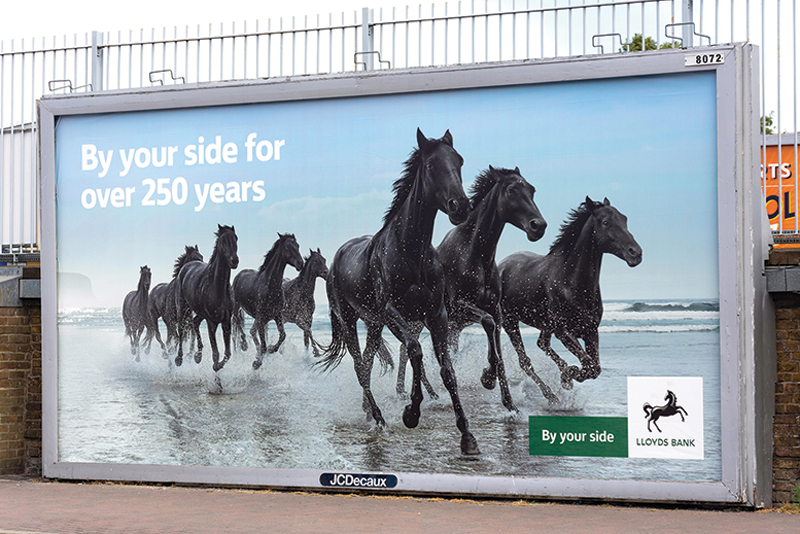
Lloyds Bank advertising at Lewisham Railway Station, Lewisham, London Borough of Lewisham, Greater London, England, UK. Richard Warren, Director of Marketing Communications at Lloyds Bank noted: “Our new ‘Drumbeat’ advert brings our iconic black horse into the heart of daily life, demonstrating our timeless commitment to families, businesses, and communities across Britain.” Photo: Alamy/Greg Balfour Evans
When horses show up not as moving images, but in static logos, the implications can vary. Some hint at the historical (e.g. the Ferrari and Porsche coats of arms), or flight (Ford Mustang), or at a monied lifestyle (fashion designer Ralph Lauren’s famous polo player). The study Brand Mascots and Other Marketing Animals postulates that logos involving horses and clothing companies (e.g. Burberry) are an attempt to connect to heraldic traditions of the Middle Ages – a time when horses were seen as extensions of humans, and therefore easily connected to human activities.
On the other hand, horses in advertising sometimes appear in a mythological guise, with the beauty of their bodies in motion providing perfect accompaniment to the beauty of human bodies in their prime — something fragrance marketers have used to their advantage. In Lancôme’s 2019 launch for their fragrance Idôle, for instance, actor-singer Zendaya (or at least her double), portrays the ancient image of a woman riding a white horse, with in this case tresses and dress streaming in the wind to SIA’s anthemic song “Unstoppable.” The ad ends with a voice over, a woman saying, “I can. We will.” You could view it as a 21st century mashup of age-old fantasy and contemporary feminism.
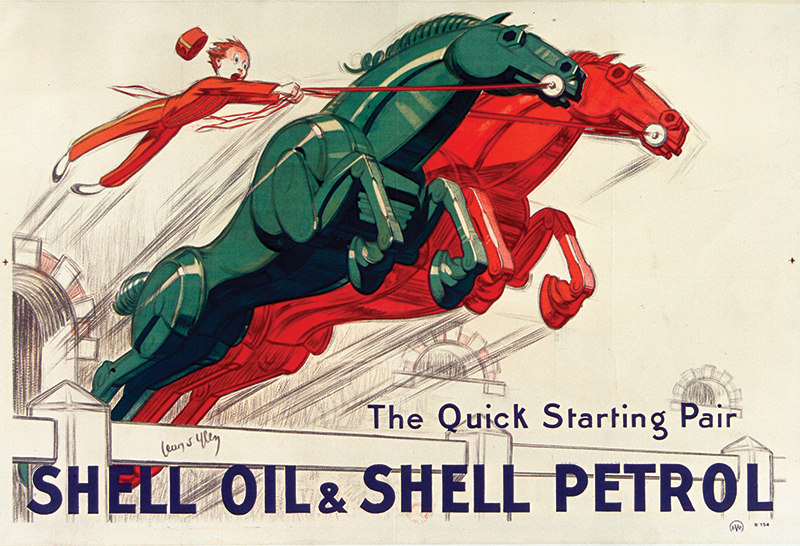
The 1930 Shell “Quick Starting Pair” was one of a series of symbols of racehorses, skiers, and otters used to illustrate the qualities of Shell products. Photo: Alamy/Album
Then there’s the viral 2021 Burberry Hero ad, featuring actor Adam Driver running barefoot beside a horse into the sea (viewable via some staggering underwater photography) then back to the beach to become one, as they morph into a centaur. Lifestyle publication IZON MAG interpreted this as “challenging traditional stereotypes of masculinity.” (The website Lainey Gossip took a different tack, asking, “What is this [ad] supposed to tell us about the smell of Hero? That it smells of wet horse? Or wet Adam Driver?”)
Whether horses truly represent masculinity or feminism is up for debate, but there’s no question they can easily be associated with wealth and class, since keeping horses is not cheap. As Ralph Lauren viewed it, “To me, the polo player has elegance and imagination. It embodies sophisticated luxury and a timeless style.” At the same time, horses are also capable of implying innocence and dreams, such as the kind that children bring to animals, whether living or imaginary. The authors of Effectiveness of Animal Images in Advertising note that animals tend to create “more favourable attitudes” towards a promoted brand than ads featuring human models, which suggests adults carry childhood memories of curiosity about other species. Humans, it’s believed, have an intrinsic desire to connect with the natural world around us — something called the biophilia hypothesis. What creature better than the horse to represent that desire, given that horses can literally carry us into nature?
Related: Trailblazers of Canada’s Equine Industry: Shaping the Future of Equestrian Excellence
Related: Saddlery - Old Profession, New Innovations
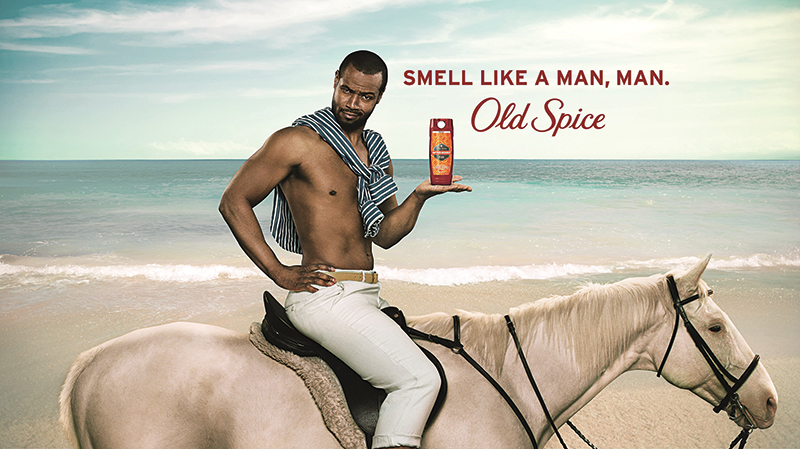
The 2010 The Man Your Man Could Smell Like Old Spice campaign featuring a series of humorous and irreverent television ads and social media videos was wildly successful and is considered one of the top campaigns of the 21st century.
Then there’s the cuteness factor. True, dogs and cats may have cornered the market (consider the enduring success of the Royale kittens), but sometimes horses, or at least ponies, are also tapped for being “adorbs.” Take Socks, the moonwalking Shetland, for example. A campaign for mobile phone company “Three” (#DancePonyDance) became an Internet sensation thanks to wee Socks. Even if you never saw the ad (Three’s global presence doesn’t include Canada), you still may know the pony from an Internet meme that shows Socks perpetually moving his stout, hairy little body backwards.
Socks was not only cute, though, he also exemplified a quality marketers often seek — the element of surprise; the delight of the unexpected. When horses show up in advertising it’s frequently to provide a sense that something out of the ordinary is going on — after all, horses are not part of most people’s daily lives. Viewers of the satirical 2010 The Man Your Man Could Smell Like Old Spice commercial likely enjoyed that ad for any number of reasons, but among them was the buzz that the novelty appearance of a horse can bring. The commercial was a wildly successful bit of advertising brilliance and a tongue-in-cheek ode to masculinity, but it did come with a message, however lightly delivered. That, if you wear Old Spice, “anything is possible.” Apparently so, since the final line of the ad, delivered by the “Old Spice Guy” from the saddle, arguably became its most famous: “I’m on a horse.”
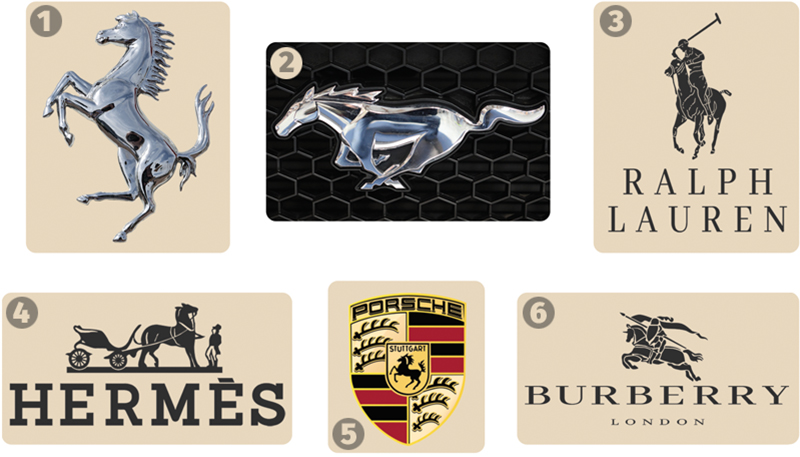
1. The black prancing logo of the Italian sports car manufacturer, Ferrari, began with Count Francesco Baracca, a famed Italian air force ace in World War I, who painted it on his planes. Some historians trace its roots to a 1692 banner of the Duke of Savoy. Others believe it represented his family’s stables or a badge marking his downing of a German pilot from Stuttgart, where a similar horse appears in the city crest. Baracca died in 1918 after 34 aerial victories. In 1923, after winning a race, Enzo Ferrari met Baracca’s parents, and Countess Paolina suggested he adopt the prancing horse symbol for good luck. Photo: Shutterstock/Tishomir
2. Lee Iacocca, the visionary behind the Mustang, imagined it as an affordable sports car for everyone, with the horse symbolizing wild freedom. Ford designer Phil Clark sketched the iconic logo of a galloping pony, capturing the car’s rebellious spirit. Photo: Shutterstock/Sjarek
3. American fashion designer, philanthropist, and billionaire businessman Ralph Lauren is best known as the founder of his eponymous brand. The iconic logo of a polo player on horseback embodies power, strength, authority, and modernity. Timeless yet adaptable, it’s a classic design that evolves with the times.
4. Hermès International, founded in 1837 by Thierry Hermès as a Parisian harness workshop, is a French luxury brand known for its leather goods, fashion, and accessories. The logo, inspired by Alfred de Dreux's painting Le Duc attelé, features a horse-drawn carriage and groom, honouring Hermès’ roots as a top saddler for French nobility.
5. The horse on the Porsche logo represents Stuttgart, Germany, where Porsche is headquartered. It’s inspired by the rearing horse on Stuttgart’s city seal — a nod to the city’s origins as a horse-breeding farm and the animal’s significance to the local economy. Image: Shutterstock/Sayar Tholib
6. The Burberry logo knight symbolizes honour, the lance stands for reform, and the shield represents protection. The banner reading “Prorsum” translates from Latin to “Forwards,” reflecting a forward-looking spirit. Together, the Equestrian Knight Design embodies protection and progress. Burberry Group, founded in 1856 by Thomas Burberry, is a luxury fashion house based in London, England.
Related: Horse Museum Bucket List
Related: Horses in Hollywood Movies


